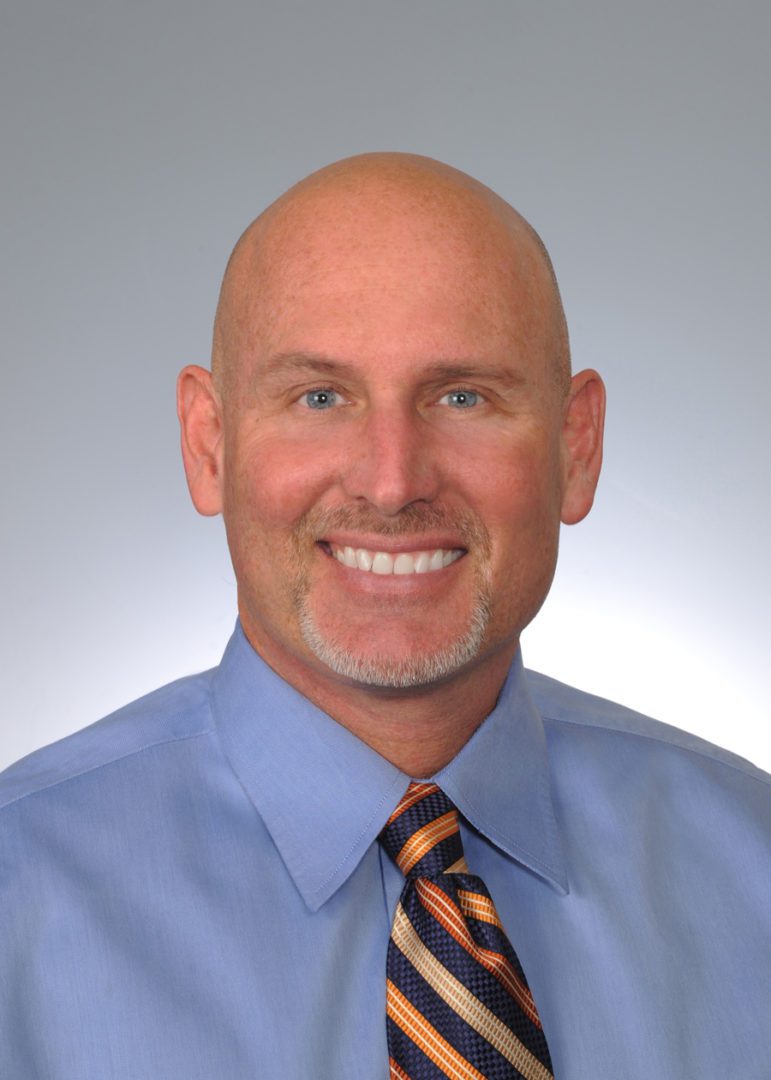Dr. Brent Wells, DC
Better Health | Anchorage, Alaska
Having a healthy and strong back is essential to maintaining a strong body. When your back is healthy, you don’t have back pain or recurring spinal issues, and you will feel happier and more confident.
However, despite the importance of taking care of your back, back pain is the leading cause for adults to miss work in the United States. Most people suffer from back pain at least once during their lifetime, with common tasks, activities, and lifestyle being the largest contributing factors to an unhealthy spine.
Some of the most common causes and risk factors of back pain include:
- Age
- Limited exercise and movement
- Being overweight
- Lifting heavy items improperly
- Depression, stress, anxiety, and other psychological conditions
- Smoking
For many, not getting enough exercise during the day, carrying excess weight, and/or struggling with stress and mental health issues are the most likely reasons for developing back pain during their lifetime.
Despite these risk factors and how common back pain is, there are plenty of ways to help prevent back pain and keep a healthy spine throughout all stages of your life. There are simple tweaks you can make to your daily routine that will help keep you pain-free and feeling your best!
Below, we will discuss some of the best and simplest ways to prevent back pain and keep your spine healthy.
Exercising
One of the best and easiest ways you can reduce back pain and keep your spine healthy is to get regular exercise and physical activity. Although you may think working out with back pain in wrong, the exact opposite is true. Remaining active actually helps to fight inflammation in the body and relax tension in the muscles.
In fact, exercising only twenty minutes per day helps reduce inflammation which, in return, will help reduce any back pain you are experiencing and help you build muscle. Building healthy and strong muscles in your core and your back will ensure your body can efficiently support its weight. This takes pressure off the spine and back, minimizing risk for developing back pain.
Some exercises to incorporate into your week are walking, yoga, Pilates, swimming, aerobics. Barre, elliptical, stair stepper, weight training, and hiking. While walking and jogging are great exercises, they do put more strain and stress on the body due to higher impact when your feet hit the ground. You may want to speak with your healthcare provider before beginning a running or jogging exercise plan to make sure it will not make your back problems worse.
Stretching
Stretching helps to increase your flexibility and by stretching on a regular basis, you can help prevent back pain. Stretching your back, spine, and the surrounding muscles will keep you feeling less tense so you are less likely to experience injuries and back related pain.
Stretching is also great to do after a workout to prevent muscle soreness and aches associated with working out.
Proper Sleep
If you have back pain or are looking to maintain a healthy spine, sleeping properly is imperative. One of the worst positions while experiencing back pain is sleeping on your back. When you sleep on your back it puts unnecessary pressure on your spine. If you can only sleep on your stomach, put a pillow under your stomach.
Making sure you have a good mattress that supports your spine in the right areas is another key factor. Some people like a softer option while others need something firmer for more support. Your firmness preferences will depend on the type of body you have and where you experience your back pain.
Maintaining a Healthy Weight
We all know that being overweight has countless negative effects on the body. Not surprisingly, carrying around excess weight is also bad for your back and spine health. When you are overweight you back muscles are much more strained. Your body and spine have to work a lot harder to support the entirety of your frame.
By dropping some weight, exercising, and eating a healthy and balanced diet, you can reduce or even eliminate the amount of back pain you experience on a regular basis. It will also ensure your spine is strong and healthy, so as you age you remain as healthy as possible.
Better Posture
Of course, better posture, sitting, and standing taller and straighter is an absolute must. You want to avoid slouching when you are sitting and standing. Keep your shoulders down and back, away from your ears. Make sure your head and neck are not in a down looking position for long periods of time. This means looking down at a book, laptop, phone, or computer should be limited.
If you find that when you are sitting at home or work your spine is bending into a C shape, you will want to make sure you are sitting taller and straighter. Making sure you have a chair that is comfortable and supportive will help you sit up taller and have better posture.
A chair with armrests is often helpful for sitting tall and keeping your shoulders back. Armrests provide you with somewhere to support your arms and shoulders instead of having to physically keep them up and back.
Your seat should also have proper lower back support. This means your chair should have built-in lumbar support or you should have a rolled towel or lumbar pillow behind your lower back. It will help your spine retain a normal and healthy curve
Chiropractic Care
If you are having trouble managing your back pain through other methods or are worried about your spinal health as you age, you may want to see a chiropractor for some extra assistance. Seeking outside help when at-home remedies are not working is always a good idea. You do not want your back pain to become increasingly worse because it can do a lot more harm than good.
Chiropractic care is a great option if you are looking for an alternative medicine to conventional therapies, which include prescription or over-the-counter painkillers, surgeries, and sometimes other more invasive treatments.
When you see a chiropractor, they will speak with you about your issues, do a physical exam and evaluation, and then come up with a customized treatment plan to target your specific back and spine issues. Generally, they will perform a series of spinal manipulations that will help realign your spine. From there, the body is able to heal on its own, as it is able to restore joint mobility that has been restricted by the tissues in the area.
When you leave a chiropractic appointment, your body should feel more flexible, looser, less stiff, and better overall. Some people will have success after only their first appointment, while for others it may take a few sessions to feel the full benefits of the practice.
Final Thoughts
In the end, back pain is an extremely common condition. You will probably experience back pain at least once during your life, but chances are it will be more often than that. Since it is so prevalent, taking care of your back and spine properly can greatly reduce the risk of developing back pain on an occasional or chronic basis. One of the most essential aspects of preventing back pain is also taking care of your spine health and making sure it is getting the love and attention it deserves.
By adding in some simple things to your week such as exercising, stretching, sleeping in a proper position, and maintaining good posture at home and work, you are well on your way to living a healthier life with less back and spine issues!
Always remember that back and spine health is extremely important. You should consider speaking with a healthcare professional about your specific concerns, symptoms, and health problems to make sure you are receiving the correct type of treatment.
Dr. Wells can be contacted at Better Health Chiropractor Anchorage AK.

About Dr. Brent Wells, DC
Dr. Brent Wells believes in treating people the way he would want to be treated. Born and raised in Southern California, Dr. Wells received his Bachelor of Science degree from the University of Nevada and his Doctor of Chiropractic Medicine degree from Western States Chiropractic College. He, his wife Coni, and their three children live in and enjoy the great outdoors in Alaska. Dr. Wells volunteers for Reflex Sympathetic Dystrophy Foundation and can be found hiking or rollerblading when he isn’t playing his guitar.



